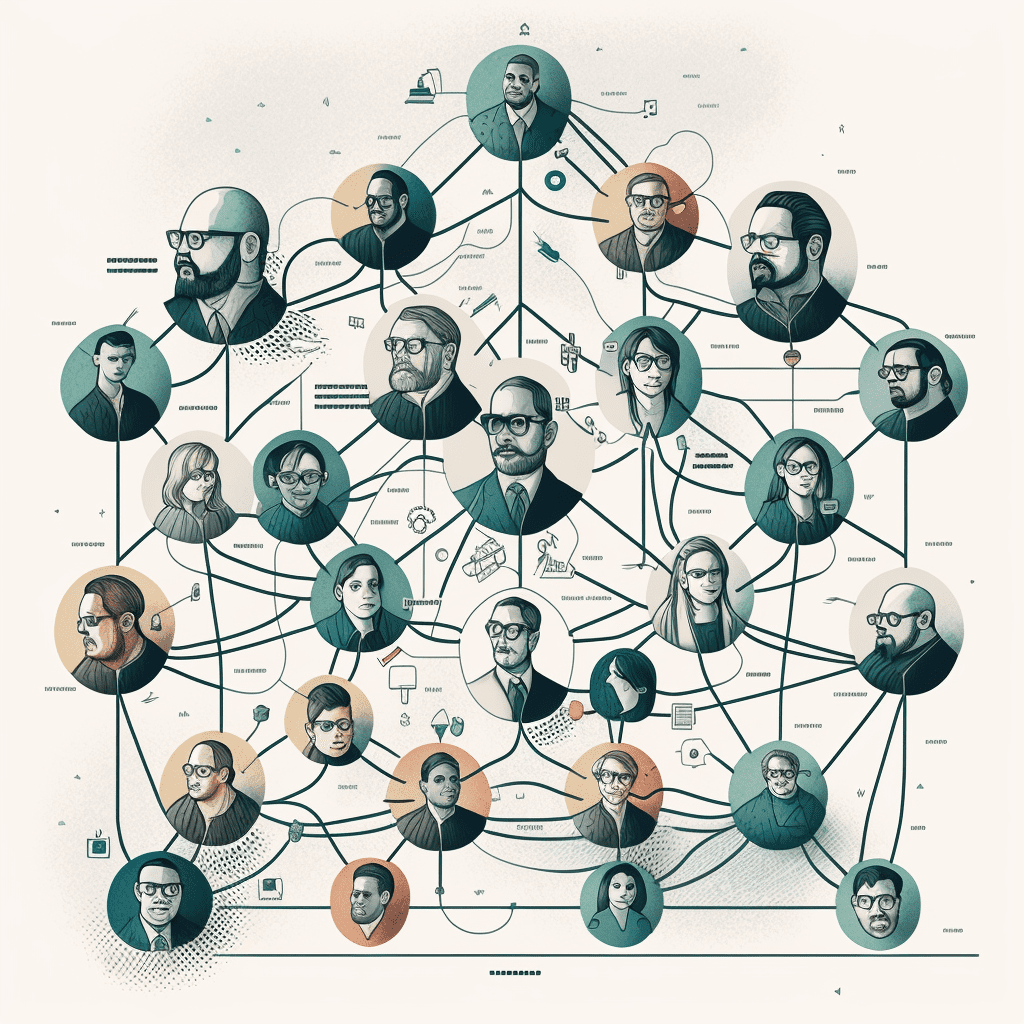Written by AI as a way to add speed to our thirst for knowledge. This article is a supplement to our Article Series: Organizing & Forming Agile Teams Around Value with SAFe.
In today’s fast-paced business environment, organizations must have an effective team design strategy that can help them stay competitive and achieve their goals. One approach to team design strategy is to combine value streams, design thinking, and team topologies. In this blog post, we will explore how these three elements can be used together to create a successful team design strategy.

Value Streams
Value streams are an essential aspect of team design strategy. They help to identify the flow of work and the value that each step adds to the end product or service. By mapping out the value stream, organizations can identify areas for improvement and optimize the flow of work to improve efficiency and reduce waste.
Design Thinking
Design thinking is a problem-solving approach that puts the user at the center of the process. It involves empathizing with users to understand their needs, ideating potential solutions, prototyping and testing those solutions, and then implementing the best solution. Design thinking can be used in team design strategy to help teams create solutions that are user-centric and meet the needs of the organization and its customers.
Team Topologies
Team topologies are a way of structuring teams to optimize performance and efficiency. There are several team topologies to choose from, each with its strengths and weaknesses. For example, a team of generalists may be better suited to a project that requires a wide range of skills, while a team of specialists may be better suited to a project that requires a high degree of expertise in a particular area.
Combining Value Streams, Design Thinking, and Team Topologies
When combined, value streams, design thinking, and team topologies can help organizations create a successful team design strategy. The process begins with mapping out the value stream, identifying areas for improvement, and optimizing the flow of work. Design thinking can then be used to develop user-centric solutions that meet the needs of the organization and its customers. Finally, team topologies can be used to structure teams that are optimized for performance and efficiency.
For example, if an organization is developing a new product, they may begin by mapping out the value stream for the product’s development. They may then use design thinking to develop a solution that meets the needs of their customers. Finally, they may use team topologies to structure a team of specialists who can bring the necessary expertise to the project .
REAL PERSON NOTE: The solution in this case is the network of teams of teams, the Agile Release Train(s). The product is how we organize around value.
In conclusion, combining value streams, design thinking, and team topologies can help organizations create a successful team design strategy. By optimizing the flow of work, developing user-centric solutions, and structuring teams for performance and efficiency, organizations can achieve their goals and stay competitive in today’s fast-paced business environment.
